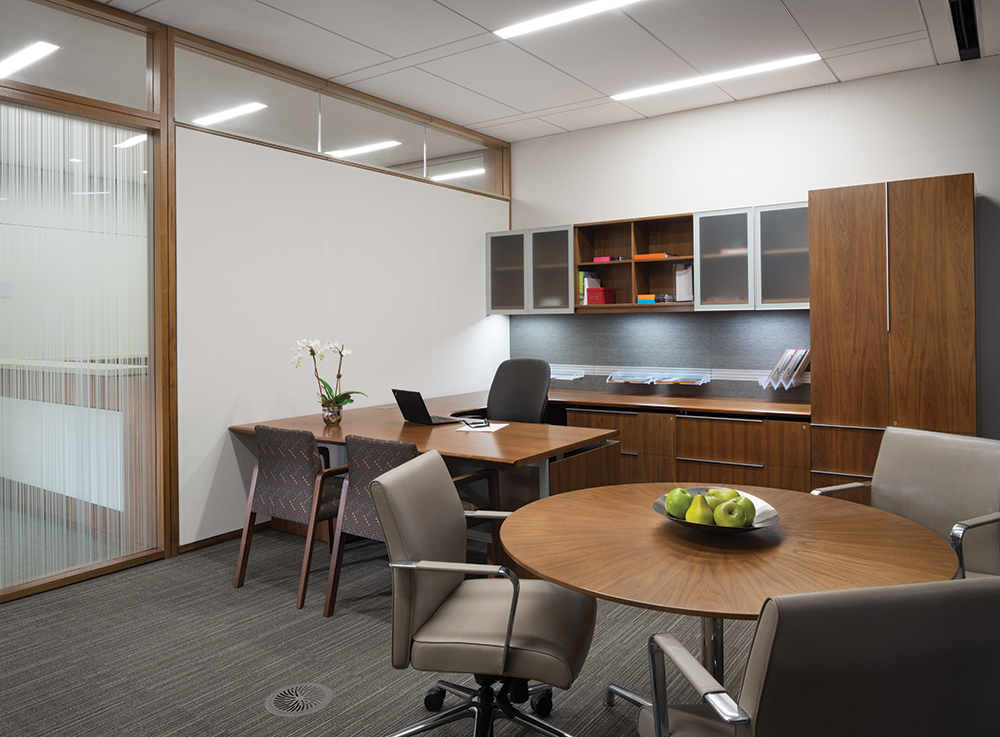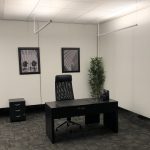How Made-to-Measure Problems Slow Down Architects

Death, taxes and construction projects falling behind schedule—inevitable constants in life. While the first two things are unavoidable, the third is escapable.
An excellent way to stave off construction delays is by reducing the amount of made-to measure products and custom-designed items in a given project. The more off-the-shelf products and standardized materials an architect can use in a project, the better chance the project has of being finished on time and on budget.
Everyone thinks of themselves as individuals and desire individualized consideration, but when it comes to construction, customization can really throw a wrench into the works.
A few common problems architects face with made-to-measure items and how to avoid them:
The first problem is that by their nature, made-to-measure products take longer to manufacture than standard products. There is no economy of scale for the manufacturer as each component must be made to the exact specifications of a given project—which also necessarily raises prices for all parties involved.
Crafting components to exact specifications takes a lot of time to complete. Order times of four to six weeks (and longer for some manufacturers) are common and that assumes the manufacturer does not run into any delays on their end (e.g. late purchase orders, changes to room dimensions or delays in final signoff on run lengths from the field). These delays can knock apart carefully estimated construction timelines and have a butterfly effect on building completion down the line.
The project also assumes that the specifications are correct. Errors happen even to the best and if an error makes it into the spec sheet for a batch of custom products, the whole order may be unsalvageable.
If the specifications are correct, then a very common problem is that the space does not actually match the plans. The drawings are the ideal, but the reality often does not match the drawing perfectly. Walls are often out of square or plumb, the carpenter installed the rafters in the exact place where the lighting was supposed to go—the list goes on.
All manner of situations can cause the building site to diverge from the plans, including contractor errors and unknown factors in the site. Unknown conditions can be especially pronounced in remodeling situations where it is anyone’s guess what kind of surprises are hiding behind the drywall awaiting discovery during demolition.
Whatever the cause, a difference in the site from the plans can cause a major problem for lighting installation, when suddenly, the perfectly made-to-measure lights do not fit where they are supposed to go. Then it is more delays as the architect or lighting designer has to go back to the lighting manufacturer with modified specifications. Then it is a few more weeks for the manufacturer to return the revised lighting components.

The solution to made-to-measure problems
Made-to-measure problems like these delay construction projects and slow down architects, keeping them on projects longer and preventing them from getting to new projects. The solution to made-to-measure problems is standard products. Designing within the limitations of standard product sizes eliminates the made-to-measure inconveniences.
For example, using lighting that comes in standard lengths and with brackets to join these lengths together makes linear runs far simpler and less expensive for both customers and manufacturers.
If the recessed standard-length runs do not perfectly reach the walls, a lower price point alternative to custom lighting is using brackets that extend from the end of the light fixture to wall. These brackets expertly mask the fact that the lights are too short and solve the problem easily. It is a made-to-measure appearance without the headache.
Finally, standard products can be manufactured very quickly, sometimes in just a few days instead of several weeks or months. This time savings can have a significant impact on the project’s timeline and help keep things on time and on budget for everyone.

